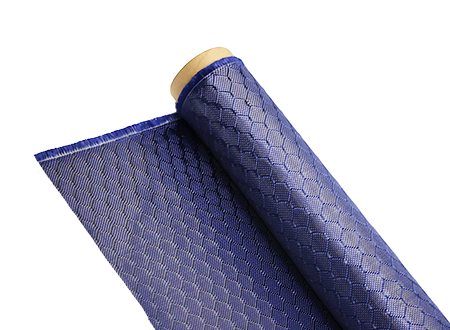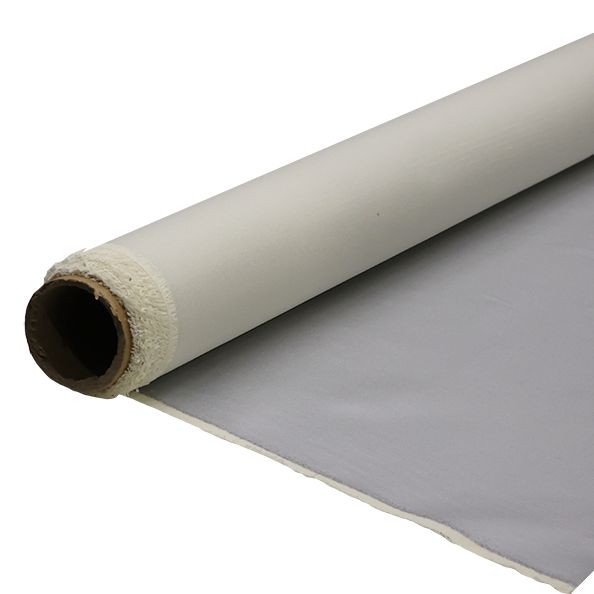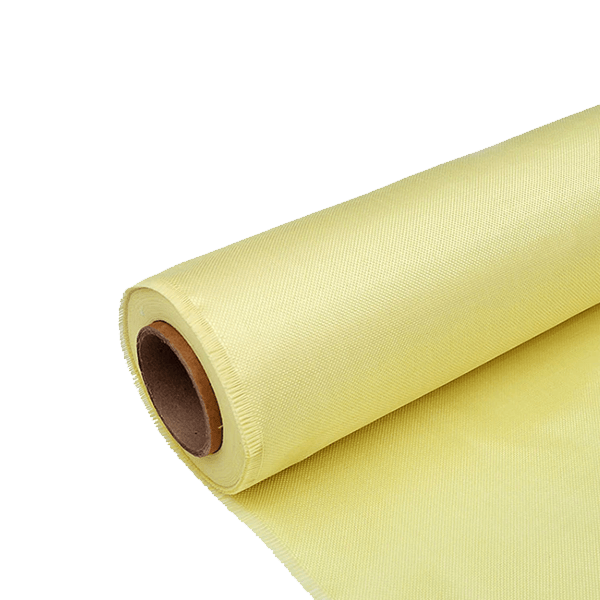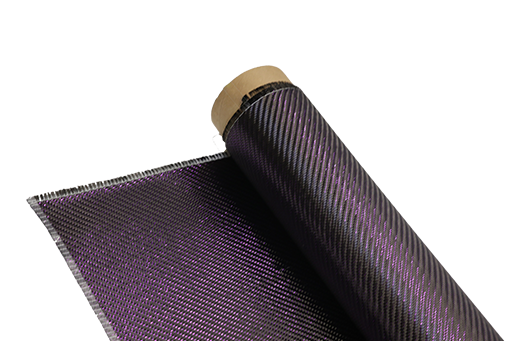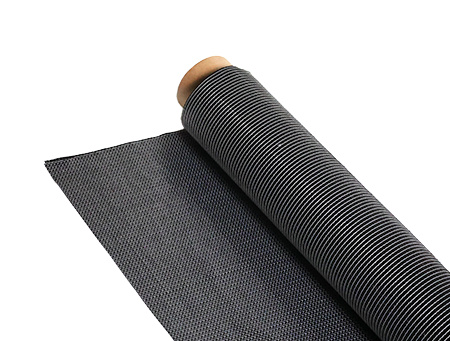Discover Revolutionary New Materials for Modern Innovation
-
 Your Composites Expert Carbon Fiber Materials&Products
Your Composites Expert Carbon Fiber Materials&Products -
-1.png?width=686&height=617) Your Composites Expert Aramid Fiber Materials&Products
Your Composites Expert Aramid Fiber Materials&Products -
 Your Composites Expert UHMWPE Materials&Products
Your Composites Expert UHMWPE Materials&Products -
 Your Composites Expert Fiberglass Materials&Products
Your Composites Expert Fiberglass Materials&Products -
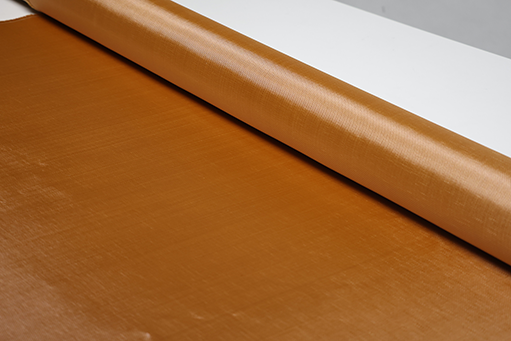 Your Composites ExpertPBO Materials&Products
Your Composites ExpertPBO Materials&Products -
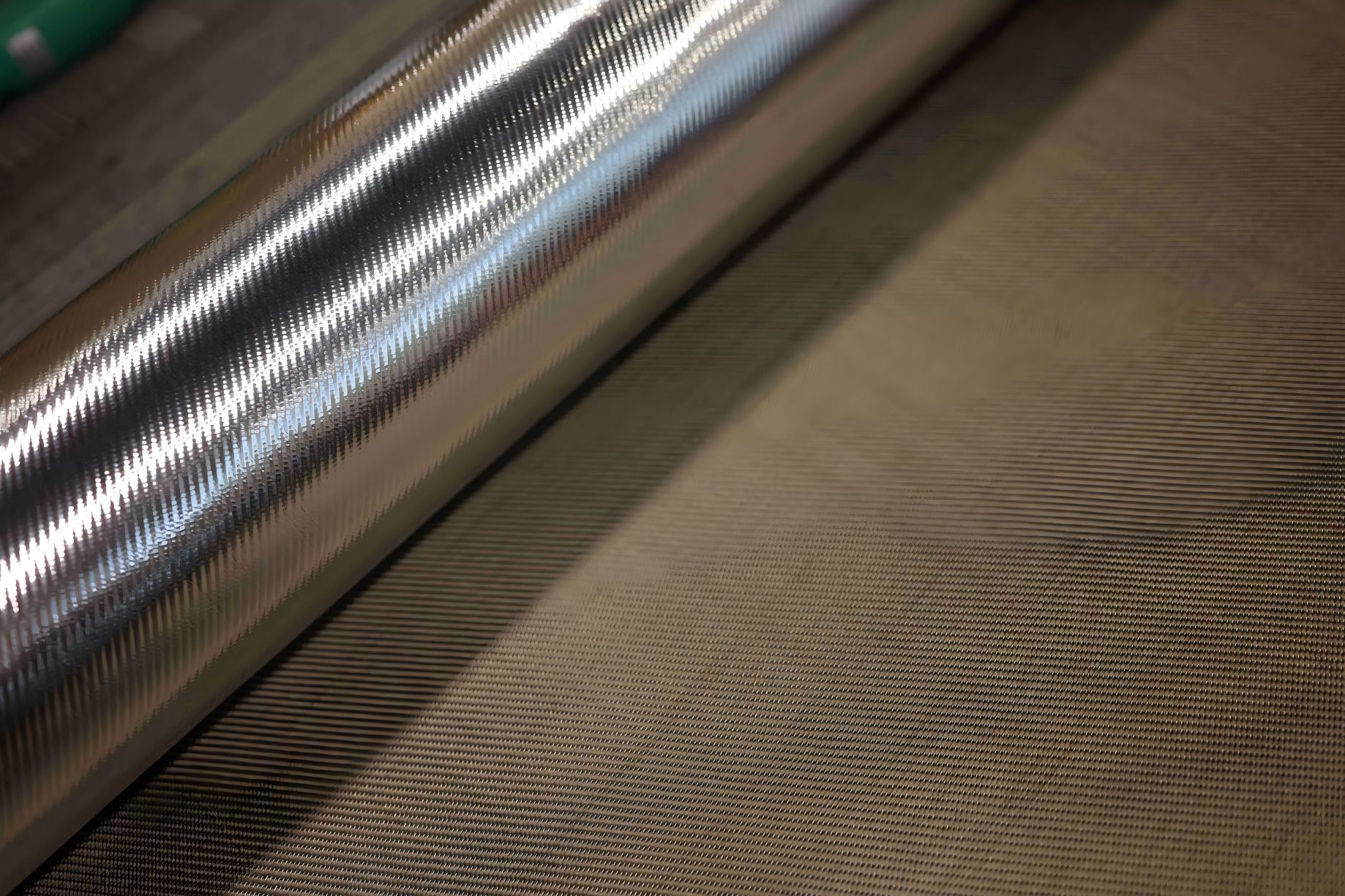 Your Composites Expert Basalt Materials&Products
Your Composites Expert Basalt Materials&Products
The world of advanced materials is changing fast, bringing new tech breakthroughs. These innovations are changing fields like aerospace and medicine. They're making new solutions that change what we think is possible.
Futuristic laboratory showcasing advanced materials, glowing nanostructures, interconnected molecular designs, vibrant colors, sleek surfaces, innovative textures, dynamic light reflections, high-tech atmosphere, abstract representations of strength and flexibility.
At the heart of this change are materials with amazing properties. They're made to solve today's big challenges. They're light, strong, and smart, opening up new possibilities.
In this article, we'll look at how these materials are changing things. We'll see how they're making construction, energy, medicine, and textiles better. Get ready to see how these new materials are changing our future.
Key Takeaways
- Innovative materials are transforming industries, from aerospace to medicine, by offering unprecedented capabilities.
- Advanced materials possess extraordinary properties, including lightweight, durability, and adaptability.
- The quest for revolutionary new materials is unlocking a world of possibilities in sustainability, energy storage, and smart technologies.
- This article explores the key areas where innovative materials are making a profound impact, shaping the future of modern innovation.
- Prepare to be amazed by the groundbreaking advancements in material science that are redefining the boundaries of what's possible.
Understanding the Evolution of Advanced Materials Science
The history of materials science is a fascinating story of discovery and innovation. It started with plastics and semiconductors and has grown to include smart and nanomaterials. This field keeps pushing the limits of what's possible.
Historical Breakthroughs in Materials Development
The invention of bakelite in 1907 marked a big moment in materials science. It was the first synthetic plastic. The 1940s saw the creation of semiconductors, which started the digital age. These discoveries changed the world, impacting many industries and our daily lives.
Impact of Materials Science on Modern Technology
Materials science has been key to modern technology. It has led to materials that are both strong and light, used in aerospace. It also powers renewable energy systems. As materials science advances, we can look forward to even more exciting innovations.
Current Research Trends and Future Directions
Today, scientists are working on smart and nanomaterials. They aim to create materials that can change and adapt. This includes self-healing materials and shape-memory alloys. These advancements could lead to materials that respond to their environment.
"The future of materials science is not just about creating new materials, but about designing materials that can think, adapt, and respond to their environment."
As materials science evolves, we can expect more groundbreaking discoveries. These will shape the technology of the future.
| Historical Breakthrough | Year | Impact |
|---|---|---|
| Invention of Bakelite | 1907 | First synthetic plastic, revolutionized the manufacturing industry |
| Development of Semiconductors | 1940s | Enabled the digital revolution and the creation of modern electronics |
| Discovery of Carbon Nanotubes | 1991 | Opened up new possibilities in nanotechnology and materials science |
Smart Materials Transforming Industry Standards
In the world of materials science, a new class of materials is changing the game. Known as "smart materials," they include shape memory alloys, piezoelectric materials, and self-healing materials. These materials are making big waves in industries like cars, planes, and gadgets.
Shape memory alloys can "remember" their shape and go back to it when they get a certain signal, like a change in temperature. This cool ability lets us make parts that can change shape on their own. This makes things work better and more efficiently.
- Shape memory alloys enable self-adjusting, adaptive components in automotive and aerospace applications.
- Piezoelectric materials can turn mechanical energy into electricity and vice versa. This helps make better sensors and actuators for many uses.
- Self-healing materials can fix themselves, making products last longer and saving on upkeep. This is changing the game in fields from gadgets to buildings.
As we keep pushing the limits of materials science, these smart materials are changing the rules. They're opening up new ways to make things better, stronger, and more eco-friendly. This is shaping a future where things are more resilient, adaptable, and green.https://www.youtube.com/embed/BI-iGGXDyHM
"The beauty of smart materials lies in their ability to respond dynamically to their environment, revolutionizing the way we design and engineer products."
Sustainable and Eco-friendly New Materials
The world is now more aware of its environmental impact. This has led to a big demand for sustainable and eco-friendly materials. Researchers and manufacturers are working hard to create new materials that are good for our planet.
Biodegradable Alternatives to Traditional Materials
Biodegradable materials are a big step forward. They are made from plants and break down naturally. This reduces waste and cuts down on carbon emissions. Companies are making everything from packaging to clothes from these materials.
Green Manufacturing Processes
The way these materials are made is also changing. Sustainable manufacturing uses less energy and water. It also reduces waste. These changes make the products better for the environment.
Carbon Footprint Reduction Technologies
- Advanced carbon capture and sequestration methods
- Renewable energy integration in manufacturing
- Lifecycle analysis and optimization of eco-friendly materials
New technologies are helping to make materials greener. They include better ways to capture carbon and use renewable energy. These steps are making sustainable materials the standard, not just a choice.
"Sustainable materials are not just a trend, but a necessity for a healthier, more resilient future."
The need for sustainable materials is urgent. They are key to solving our environmental problems. By adopting these new materials, industries can help the planet. This will make the world a better place for all of us.
Nanomaterials: The Microscopic Revolution
In the world of materials science, a big change is happening. Nanomaterials, which are just billionths of a meter, are changing how we innovate. These tiny wonders, like nanoparticles, nanotubes, graphene, and quantum dots, have amazing properties. They are opening new areas in fields like electronics and energy storage.
Nanoparticles are used in medicine to deliver drugs with great precision. Nanotubes are making electronics stronger and more conductive. Graphene, a thin layer of carbon, is improving energy storage and renewable energy.
Quantum dots are changing displays with their color accuracy and energy efficiency. These nanomaterials are not just changing the game. They are starting a new era of scientific discoveries that will shape our future.
As researchers keep exploring, the possibilities with nanomaterials are endless. They are set to change our lives, work, and how we interact with the world. These tiny marvels are ready to make a big impact.
Breakthrough Applications in Medical Materials
The field of biomedical materials is seeing big changes. These changes are changing how we treat medical conditions. New materials are making treatments more personalized and effective.
Biocompatible Implant Materials
Biocompatible implant materials work well with the body. They are made to avoid rejection and side effects. Materials like titanium, ceramics, and polymers are made to act like natural tissues.
This makes implants last longer and work better. It has greatly improved the success of implants like joint replacements and heart devices.
Drug Delivery Systems
New implant technology is changing drug delivery. Smart polymers and nanoparticles help drugs reach the right place in the body. This makes treatments safer and more effective.
Tissue Engineering Advances
Regenerative medicine is getting a big boost from tissue engineering. Materials like scaffolds and hydrogels help cells and tissues grow. This could help people with many health issues.
| Application | Biomedical Material | Key Benefit |
|---|---|---|
| Joint Replacement | Titanium Alloys | Improved biocompatibility and long-term durability |
| Cardiac Devices | Polymers | Enhanced flexibility and electrical conductivity |
| Tissue Regeneration | Hydrogels | Ability to mimic the extracellular matrix and support cell growth |
"The fusion of materials science and medical innovation is unlocking unprecedented possibilities in personalized healthcare and regenerative therapies."
Next-Generation Construction Materials
The construction world is changing fast, thanks to new materials. We're talking about self-healing concrete, transparent aluminum, and advanced aerogels. These materials are making buildings stronger, more energy-efficient, and better for the planet.
Self-healing concrete is a game-changer. It fixes cracks and fissures on its own. This happens because it has tiny capsules that release a special compound when damaged. This keeps buildings standing longer and saves money on repairs.
Transparent aluminum is another amazing find. It's strong like aluminum but clear like glass. It's used in buildings and cars, making them lighter and more energy-efficient. Plus, they look great.
Aerogels are super light and full of air. They're great at keeping buildings warm in winter and cool in summer. This makes buildings more energy-efficient and better for the environment.
| Material | Key Characteristics | Applications |
|---|---|---|
| Self-healing concrete | Automatically repairs cracks and fissures | Bridges, roads, buildings |
| Transparent aluminum | Combines strength of aluminum with clarity of glass | Skyscrapers, transportation, windows |
| Aerogels | Ultra-lightweight, highly porous, excellent insulation | Building insulation, energy-efficient structures |
With these new materials, the future of construction looks bright. Buildings will last longer and help our planet. It's a win-win for everyone.
A futuristic construction site featuring self-healing concrete, with visible cracks that are visibly mending themselves, surrounded by modern machinery and eco-friendly materials, lush greenery in the background, bright sunlight illuminating the scene, showcasing innovation and sustainability in architecture.
The Impact of New Materials on Energy Storage
As we move towards renewable energy, we need better ways to store energy. Thanks to materials science, we're seeing big changes in how we store energy.
Battery Technology Innovations
Solid-state batteries are a game-changer. They use solid materials instead of liquid, making them safer and more efficient. These solid-state batteries will power everything from cars to big energy systems.
Renewable Energy Integration
We need better ways to store energy from the sun and wind. New materials are helping make energy storage systems that work well with these sources. This means we can use more renewable energy.
Grid Storage Solutions
We need strong grid-scale storage to use more renewable energy. New materials are helping make big systems that store and release energy as needed. These systems are key to a stable and green energy future.
| Technology | Key Material Innovations | Benefits |
|---|---|---|
| Solid-state Batteries | Solid electrolytes, high-energy density anodes and cathodes | Improved safety, energy density, and lifespan |
| Renewable Energy Integration | High-capacity energy storage materials, advanced electrodes | Efficient energy storage and integration with renewable sources |
| Grid-scale Storage | Large-capacity energy storage materials, grid-compatible designs | Stabilize power grids, support renewable energy integration |
New materials are changing energy storage for the better. From solid-state batteries to big energy systems, these changes are leading us to a greener, more reliable energy future.
Aerospace and Defense Material Innovations
The aerospace and defense world is always changing. This is thanks to the constant search for new technologies. New materials are at the center of this change. They are making aircraft better, more fuel-efficient, and stronger for defense.
Lightweight alloys like titanium and aluminum are key in aerospace. They help make planes lighter and more agile. This means planes use less fuel and are easier to control.
Advanced composites are also important. They are made from different parts to be strong and light. They are used in many things, from plane bodies to missile shells. This makes planes and defense systems stronger and lighter.
The quest for speed has led to hypersonic materials. These materials can handle the heat and pressure of flying very fast. They are used in fast planes and missiles, helping them go even faster.
As we keep exploring new heights, materials play a big role. From alloys to composites and hypersonic materials, they are making things better. They help planes fly better and defense systems work stronger.
A futuristic aerospace workshop showcasing lightweight alloys, with gleaming metallic surfaces and intricate designs, surrounded by advanced machinery and tools, set against a backdrop of high-tech aircraft and spacecraft components, emphasizing innovation and modern materials.
Smart Textiles and Wearable Technology Materials
Fashion and technology have merged in a new way. This has led to smart textiles and wearable tech materials. These fabrics and materials change how we use our clothes, mixing style with function.
Self-healing Fabrics
Self-healing fabrics are a big deal. They can fix small tears and damage on their own. This makes clothes last longer and cuts down on waste. Thanks to new science, these fabrics are making fashion more sustainable and long-lasting.
Temperature-regulating Materials
Conductive fabrics and smart clothes are changing how we feel temperature. They adjust to our body heat, keeping us comfy. These materials cool us down in summer and keep us warm in winter, changing how we wear clothes.
Electronic Integration in Textiles
Adding electronics to fabrics is exciting. It lets us put sensors, circuits, and displays into clothes. This means we can have fitness trackers, heart rate monitors, and even interactive displays in our clothes.
As smart textiles and wearable tech grow, we'll see more amazing things. These materials will change how we live, work, and play. Soon, our clothes will be smart, stylish, and respond to us.
| Material | Key Features | Applications |
|---|---|---|
| Self-healing Fabrics | Autonomous repair of minor damage, extended garment lifespan | Apparel, accessories, upholstery |
| Temperature-regulating Materials | Adaptive temperature control, enhanced comfort | Sportswear, outdoor gear, medical textiles |
| Electronic Integration in Textiles | Seamless integration of sensors, circuits, and displays | Wearable technology, smart clothing, healthcare monitoring |
Conclusion
The field of materials science is changing fast, thanks to new discoveries. These innovations are set to change technology's future. We're seeing new, green materials and tiny nanomaterials that could solve big problems.
Smart materials are changing how we design and make things. Medical breakthroughs are also making healthcare better. And new building materials and energy solutions are making our world more efficient and strong.
Looking ahead, materials science will keep leading to new tech breakthroughs. We'll see big changes in aerospace, defense, and even in our clothes and gadgets. These advancements promise a greener, more advanced future for us all.
FAQ
What are the key areas where new materials are making significant contributions to sustainability and future technologies?
New materials are changing the game in many fields. They're making aerospace, medicine, energy storage, and construction better.
How have historical breakthroughs in materials development impacted modern technology?
Big moments in materials science, like plastics and semiconductors, have changed tech a lot. They've led to many new ideas and inventions.
What types of smart materials are transforming industry standards?
Smart materials like shape memory alloys and piezoelectric materials are changing things. They're making things work better and in new ways.
How are eco-friendly and sustainable new materials addressing environmental concerns?
There are now green alternatives to old materials. These help reduce waste and carbon emissions in many industries.
What are the unique properties and applications of nanomaterials?
Nanomaterials, like nanoparticles and graphene, have special powers. They're helping in electronics, medicine, and more.
How are new materials improving patient outcomes and advancing regenerative therapies in the medical field?
New materials are making medical implants better. They're also helping with drug delivery and growing new tissue.
What are some of the next-generation construction materials that are transforming the building industry?
New materials like self-healing concrete are changing buildings. They make structures stronger, more energy-efficient, and sustainable.
How are new materials impacting energy storage technologies and the integration of renewable energy?
Advanced materials are boosting battery tech. They help use more renewable energy and store it better for the grid.
What material innovations are shaping the aerospace and defense industries?
Lightweight alloys and advanced composites are making planes better. They also help with hypersonic tech.
How are smart textiles and wearable technology materials revolutionizing the fashion and healthcare industries?
Smart fabrics and wearable tech are changing clothes and health monitoring. They offer new features and benefits.


